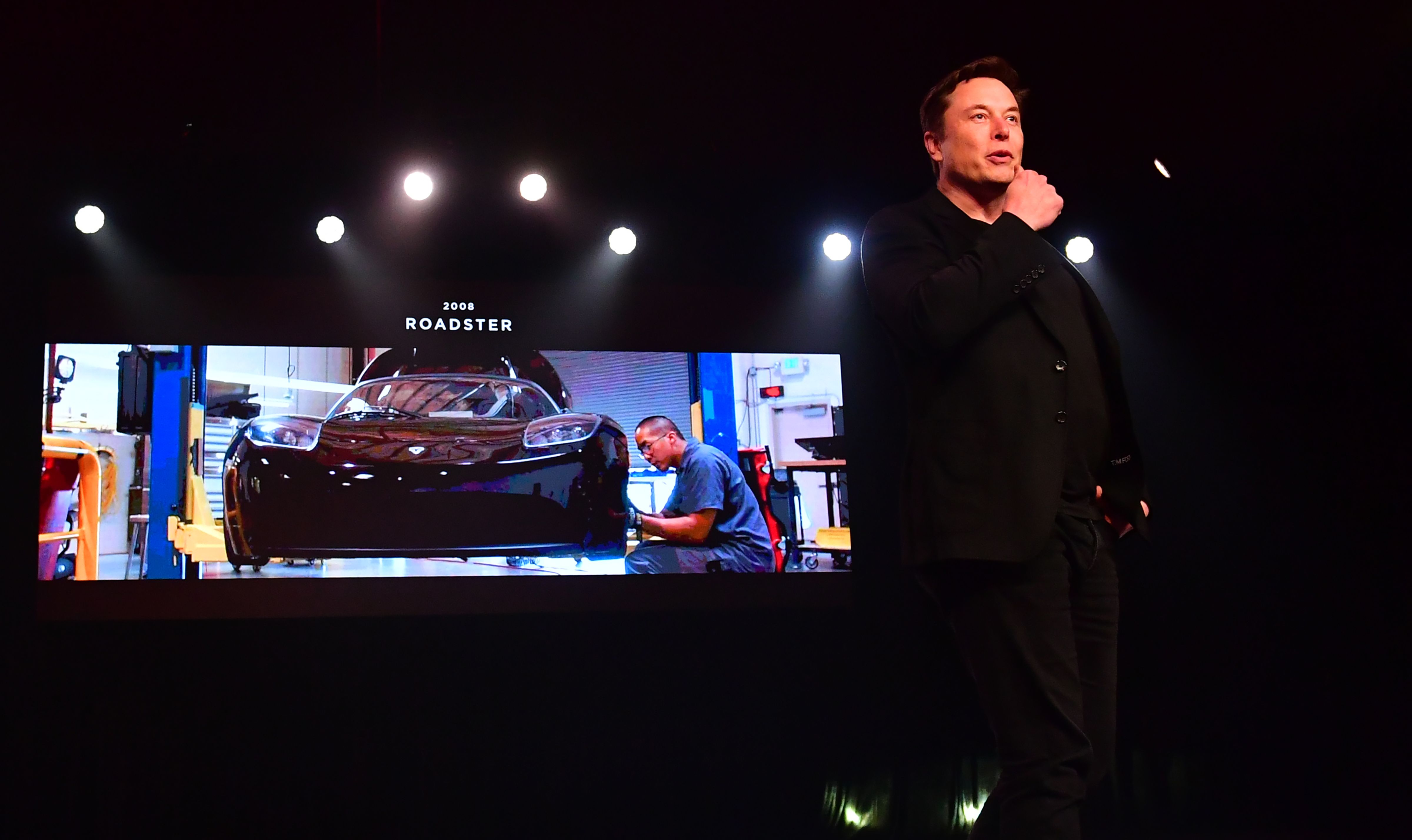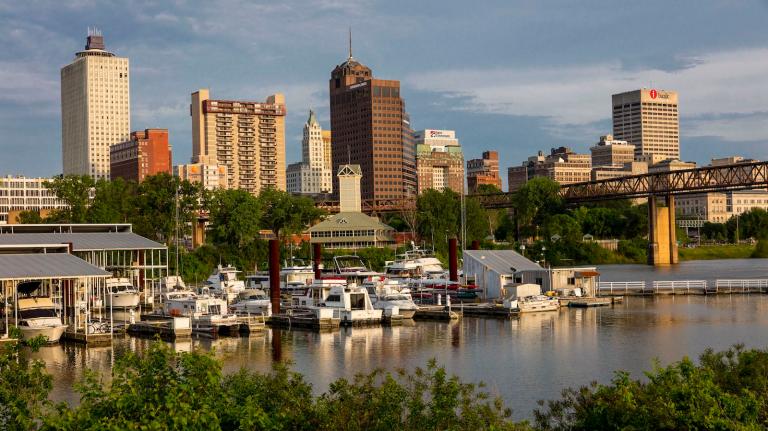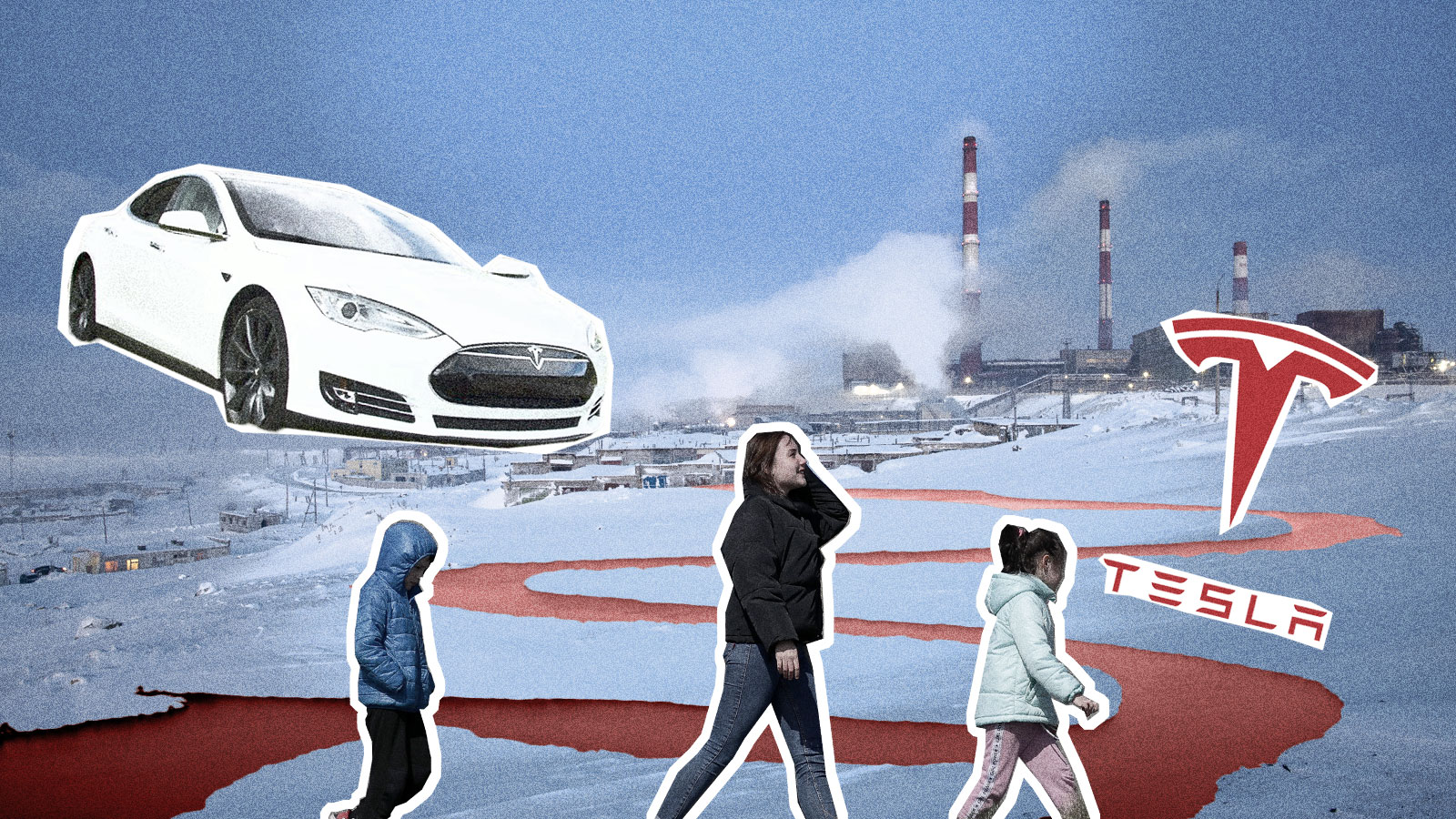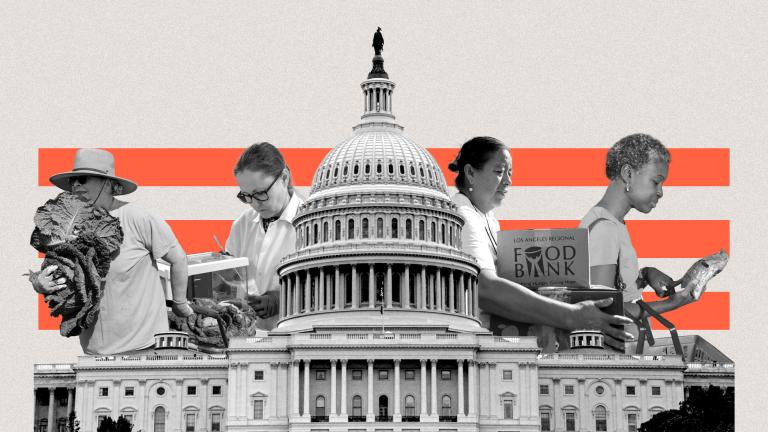Every year in August and September, the people of Ust’-Avam, a remote indigenous community located in the Taimyr region of the Russian Arctic, toss nets into the Avam River to catch tugunok fish, an important traditional food. This year, the community stopped fishing early, around the start of the month. There were no tugunok to be found. Nor could locals find the fish at other common sites along the river basin fed by Lake Pyasino, which lies just a few miles north of the industrial city of Norilsk.
Gennady Shchukin, a member of the Dolgan ethnic group, has little doubt about the culprit: In late May, a reserve fuel tank at a power plant near Norilsk burst open, flooding local waterways with an estimated 23,000 tons of diesel oil. The spilled oil drifted for miles, turning part of the Ambarnaya River that feeds Lake Pyasino bright red. Norilsk Nickel, the Russian nickel mining company responsible for the spill, says it acted swiftly to contain the pollution. But Shchukin worries the contamination is far more widespread than the company claims, and that his people will be living with the consequences for years.
“We expect that the river was poisoned for a long period,” Shchukin told Grist in Russian via a translator. “Maybe for several years there will be no fish in these rivers, and in the lake. This is very difficult, of course, for indigenous people.”
But Shchukin isn’t sitting idly by. Last month, Aborigen Forum, a group of Russian indigenous activists and leaders that Shchukin heads up, launched a campaign to raise awareness of Norilsk Nickel’s impacts on their communities and to demand restitution. Rather than focus on an obscure Arctic mining company, Aborigen Forum is appealing to someone more likely to grab international headlines: Elon Musk, the CEO of Tesla.
Nickel is a key ingredient in the cathodes of electric car batteries, allowing them to store more energy more cheaply. Tesla, and other EV makers, need lots of it. But Aborigen Forum wants Musk to commit that his company won’t buy any nickel that can be traced to Norilsk until the Russian megapolluter cleans up its act.
“We don’t want the next industrial revolution of electric cars and clean energy developed for the price of indigenous peoples’ rights and traditional lands,” said Dmitry Berezhkov, a member of the Aborigen Forum network and the coordinator of a social media campaign to get Musk’s attention. “We think if Tesla could elaborate strategy and rules for itself in the field of human rights and indigenous peoples’ rights with regards to nickel, it could be a good opportunity to influence the general nickel market.”
Aborigen Forum’s appeal to Musk was inspired by an appeal from the Tesla CEO himself. In a second-quarter earnings call in July, Musk was asked what are the biggest constraints to Tesla’s battery production capabilities. His response: nickel.
“Any mining companies out there: Please mine more nickel,” Musk said on the call. “Tesla will give you a giant contract, for a long period of time, if you mine nickel efficiently and in an environmentally sensitive way.”
Norilsk Nickel, also known as Nornickel, is one of the largest nickel producers on Earth. It claims to be the largest producer of so-called class 1 or high-purity nickel, the type coveted by battery manufacturers. Demand for high-purity nickel is predicted to surge as the electric car market grows. While it’s not clear how much of Nornickel’s product currently winds up in car batteries, it’s “definitely a direction” producers like it are looking at in terms of growth, said Allan Ray Restauro, a metals analyst at the clean energy consultancy firm BloombergNEF.
In 2018, Nornickel signed an agreement with BASF to supply nickel to a battery materials plant the German chemical company would be constructing in Finland. Once up and running, the plant is expected to furnish the European auto market with enough battery materials to support the production of 300,000 new EVs per year. Nornickel also has “a number of private contracts” with battery makers elsewhere around the world, according to Greg Miller, a nickel analyst at Benchmark Mineral Intelligence, a lithium battery research firm.
It is unclear whether that includes contracts with any companies supplying Tesla, such as South Korea’s LG Chem or Japan’s Panasonic; neither company responded to a request for comment on the matter. Tesla and Nornickel also didn’t respond when asked about their relationship. But many Russian indigenous activists feel that Tesla shouldn’t be sourcing from Nornickel now, especially if it’s interested in nickel that is being mined, as Musk put it, in an “environmentally sensitive way.”
Even before this year’s oil spill, Nornickel was one of the biggest polluters in the entire Arctic. Its nickel production sites on the Taimyr Peninsula and its refineries on the Kola Peninsula are both enormous sources of regional air pollution; the Taimyr operations alone are responsible for roughly double the annual sulfur dioxide emissions of the entire United States, according to a figure Greenpeace Russia attributes to The Russian Federal Service for Hydrometeorology and Environmental Monitoring. Discharges of contaminated wastewater from Nornickel’s industrial facilities have resulted in severe heavy metal pollution in nearby water bodies and soils. Locals, Shchukin says, call the area around the city of Norilsk — a vast wasteland of dead trees and mud — “poison territory.”
When a diesel storage tank at a Nornickel-owned natural gas power plant ruptured on May 29, a chronic environmental affliction became an acute crisis. The leak, which prompted Russian president Vladimir Putin to declare a federal emergency in early June, has been described as the second-largest oil accident in modern Russian history; Greenpeace has compared it to 1989’s infamous Exxon Valdez spill. In July, Rosprirodnadzor, Russia’s federal environmental watchdog, estimated the spill had caused some $2.1 billion in environmental damage. (Nornickel disputes this figure.)
In response to the accident, Nornickel claims it has taken a number of steps. In June it set out containment booms on the Ambarnaya River, which it says prevented the oil from seeping into Lake Pyasino, and removed 185,000 metric tons of contaminated soil. By mid-June, the company says it had removed 90 percent of the leaked fuel; by the end of October, Nornickel plans to have collected the rest and treated contaminated river shores.
Members of Aborigen Forum, however, are doubtful of Nornickel’s rosy appraisal of the situation—based both on what they’ve witnessed on the ground and on their long history of dealing with the company. And while Nornickel also launched an “ethnological expert review” to assess the spill’s impact on local indigenous communities and created a new department for indigenous interactions, activists believe these measures are a sham. They say that indigenous voices critical of the company are routinely ignored. Nornickel didn’t respond to a request for comment on these claims.
“I fear that the extent of the problem isn’t truly represented and the spill is much more dangerous than what is being portrayed to us,” said Pavel Sulyandziga, a member of Aborigen Forum who lives in the United States, via a Russian translator. Sulyandziga runs the Batani Foundation, an indigenous rights group. “There will definitely be an impact on the traditional way of life, especially fishing.” Shchukin and others in the indigenous community also fear that reindeer, another traditional food source, could be poisoned or driven away by the contamination.
Independent researchers share these concerns. Writing in the Conversation in July, three Arctic researchers warned of potentially widespread ecological impacts due to the accumulation of toxins in the water and soil — even water and soil that were purportedly cleaned by the company. “Over months and years, these toxins will build up within the food chain, starting with the microscopic organisms and eventually causing health problems in larger organisms such as fish and birds,” the researchers wrote.
After hearing Nornickel claim that it had removed 90 percent of the spilled fuel by June, Elena Sakirko, an energy campaigner with Greenpeace Russia, decided to travel to Norilsk to conduct her own analysis. Her team’s results were inconclusive. Although the soil, water, and sediment samples they collected from Lake Pyasino and the Pyasina river didn’t show high levels of pollution, Sakirko and her colleagues were unable to sample in the locations where they expected to see severe contamination based on satellite data, due in part to police interference. Several months later, Sakirko remains doubtful that Nornickel has done as complete of a cleanup as it says, but admits it’s hard to prove anything without a more rigorous analysis.
“I think an accident of such scale, happening for the first time in this region, we can’t have the full picture of possible consequences without proper research,” Sakirko said.
It’s against this backdrop that, when Aborigen Forum learned that Tesla’s CEO was calling for more environmentally friendly nickel mining, the group decided to hold the billionaire to his word. On August 6, the form released an open letter to Musk asking that his company boycott nickel and other products from Nornickel until the company conducts a “full and independent assessment” of the damage from its past operations and the recent oil spill, compensates indigenous communities for damages, implements an environmental remediation plan for lands it has degraded, and develops guidelines for community engagement that are informed by the United Nations Declaration on the Rights of Indigenous Peoples. Those guidelines should include obtaining “free and informed consent” prior to embarking on projects that will impact indigenous lands, something the Russian government hasn’t exactly made a priority.

Tesla CEO Elon Musk speaks during the unveiling of the new Tesla Model Y in Hawthorne, California on March 14, 2019. FREDERIC J. BROWN / AFP via Getty Images
The goal of the letter was to “use a public name like Elon Musk as an instrument to attract more attention to the Arctic issue, and to the Arctic pollution and the rights of indigenous peoples,” said Rodion Sulyandziga, a member of the Aborigen Forum and the director of the Center for Support of Indigenous Peoples of the North. As one of the world’s top so-called green companies, he said, Tesla can “show and demonstrate a new approach in terms of environmental nature rights and local indigenous peoples’ rights.”
Thea Riofrancos, a political scientist at Providence College in Rhode Island who studies conflicts around the extraction of metals required for green technologies, says that Aborigen Forum was smart to focus its campaign on Musk, both because of Tesla’s market power and because of the perception that sustainability is baked into its DNA.
“Literally EVs are about decarbonizing,” Riofrancos said. “So ‘are they good for the environment,’ ‘are they good for the climate,’ ‘are they good for local communities’ are much more charged and salient questions than [in] industries that don’t have any claim to helping confront the climate crisis.”
Tesla did not respond to Grist’s request to comment for this story. So far, neither the company nor Musk himself has made any public responses to Aborigen Forum’s appeal. But activists aren’t giving up: A week after the letter went live, Aborigen Forum asked the public to help signal boost it by posting supportive messages within their social networks using the hashtags #AnswerUsElonMusk, #NoNickelfromNornickel, and #DefendIndigenousArctic. Berezhkov, the social media campaign director, says that Aborigen Forum is also reaching out to indingeous communities around the world, as well as youth activist groups, to garner additional support.
The group’s efforts are paying off: On September 7, the Saami Council, an NGO representing a group of indigenous people who live in Finland, Norway, Russia, and Sweden, put out a statement in support of Aborigen Forum’s appeal. Indigenous rights organization Cultural Survival, meanwhile, is currently gathering signatures on its own open letter asking Tesla not to associate with Nornickel, which it delivered to the Palo Alto, California-based company on September 16. More than 70 indigenous, clean energy, climate, and mining justice organizations around the world have already signed on.
Berezhkov is hopeful that Tesla’s long-anticipated Battery Day, slated for Tuesday, September 22, will draw additional media scrutiny to the campaign. For months, industry watchers have speculated that Tesla will announce new details concerning its efforts to produce cobalt-free batteries, part of the company’s response to widespread concern over environmental and human rights abuses documented at cobalt mines in the Democratic Republic of the Congo.
“We’ve seen shockwaves of scrutiny around cobalt sourcing having massive, sector-wide impacts,” said Benjamin Hitchcock Auciello, a campaign coordinator at environmental nonprofit Earthworks, which signed the Cultural Survival letter. The fact that a grassroots effort to raise awareness of abuses in the nickel sector is now piquing the public’s interest, he said, “really shows that there’s some momentum here.”
If the campaign causes Nornickel to lose out on a massive nickel contract, Auciello believes that will have an impact “not only on their policies, but on the sector more broadly.” It could, perhaps, be the first step toward the development of international standards for what responsibly sourced nickel looks like.
But whether any of that comes to pass is still a big if.
“In the context of whether Tesla or battery manufacturers can sideline Nornickel, I think that’s going to be very difficult still because there’s already a tight market,” said Restauro, the BloombergNEF analyst. And companies producing nickel from laterite ores in the South Pacific are likely to score just as badly if not worse in terms of their impact, Restauro said, because the process of refining these ores into high-grade nickel produces toxic waste tailings that may wind up getting disposed of at sea.
That said, on September 11, Reuters reported that Tesla was in talks with Canadian miner Giga Metals about helping it develop a low-carbon nickel mining operation, suggesting the electric carmaker indeed may be focused on procuring nickel from more environmentally-friendly, and local, sources.
To be clear, Aborigen Forum isn’t asking that Tesla or the larger EV industry boycott Nornickel forever. The group just wants to have a say in how the company conducts business on indigenous lands. Shchukin said that the best result of the campaign would be for Nornickel to organize a “real negotiation” with indigenous peoples that results in greater indigenous participation in environmental monitoring and in Nornickel providing more essential services, like healthcare and education, to local communities.
“Right now, Nornickel has a chance of really building a good model of interaction and work with indigenous communities,” said Sulyandziga of the Batani Foundation. “I’m very skeptical that they will do so, but I still hope for that.”




